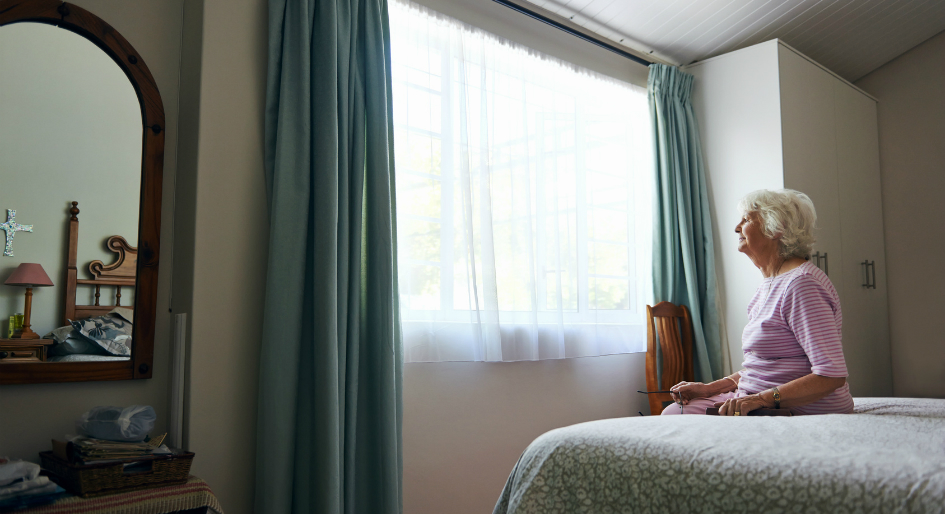Health Standards Organization (HSO) recently published CAN/HSO 21001:2023, Long-Term Care Services, a new national standard that reflects what Canadians expect long-term care to look like. It builds upon evidence-informed practices and is recognized by the Standards Council of Canada as its latest National Standard of Canada.
CAN/HSO 21001:2023, which captures the vision of close to 19,000 long-term care residents, members of the workforce, leaders and governing bodies, will offer guidance on: resident-centred care that values compassion and dignity, team-based work centred on delivering culturally safe and trauma-informed care; creating a healthy and competent LTC workforce and healthy working conditions; and committing to strong governance practices and a culture that is outcome-focused, while valuing continuous learning and quality improvement.
The standard also provides evidence-informed content that can be used in assessment programs and a quality and safety blueprint to guide policy development and requirements for resident-centred care and a competent workforce.
HSO’s Long-Term Care Services Technical Committee, chaired by Dr. Samir Sinha, the NIA’s Director of Health Policy Research and also the Director of Geriatrics at Sinai Health and University Health Network in Toronto, developed the standard over the past two years.
This included extensive nationwide public engagement activities on the draft standard, which resulted in the What We Heard Report #3, prepared by NIA Research Fellow, Dr. Ashley Flanagan. According to participants, the key areas for ensuring the delivery of safe, reliable, and high-quality long-term care include improving care experiences, enhancing communication, supporting the LTC workforce, and enabling good governance.
Many participants want to balance and shift the existing perception of long-term care into a highly sought after, competitive, and specialized career.
Feedback also showcased the rights and quality life of residents and family members, with a range of suggestions, from emphasizing autonomy and choice to creating a home-like environment. Residents desire access to their own window (often limited beyond single-occupancy rooms) companion animals, shelving, more recreational opportunities and meal choice.
Good interpersonal communication was another key consideration informing the standard, and could ultimately lead to proper (and ongoing) assessment of residents’ communication abilities, needs, and preferences. For instance, participants shared their desire for physical environments that are conducive to effective communication (e.g., minimizing loud noises, hallway traffic).
In the coming months, the NIA will further complete a jurisdictional review and comparative analysis of the new standard versus current federal, provincial and territorial long-term care measures to further support the implementation of this important new standard across Canada.





